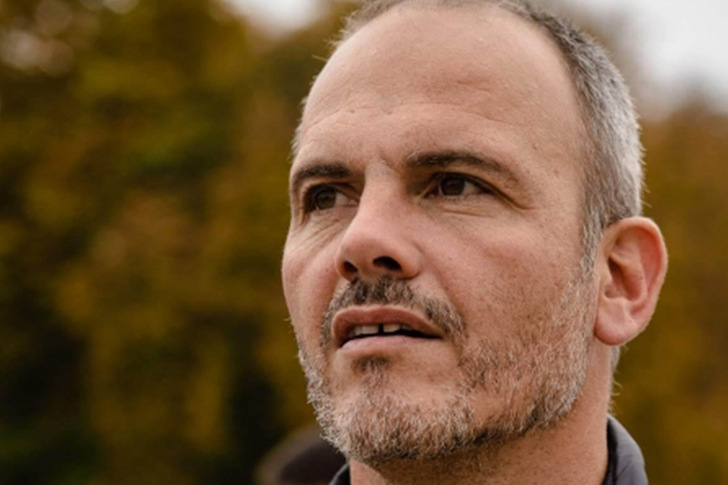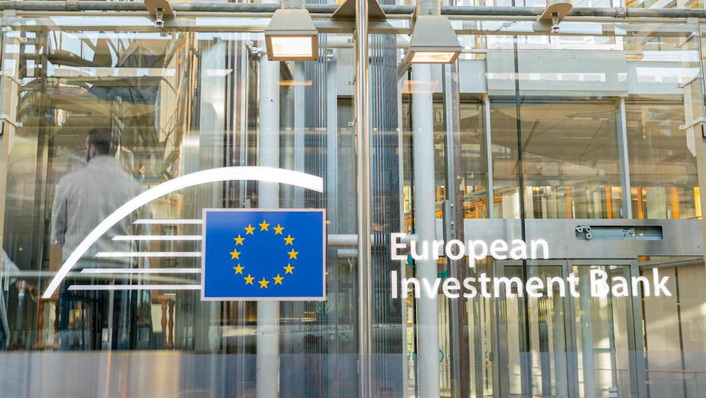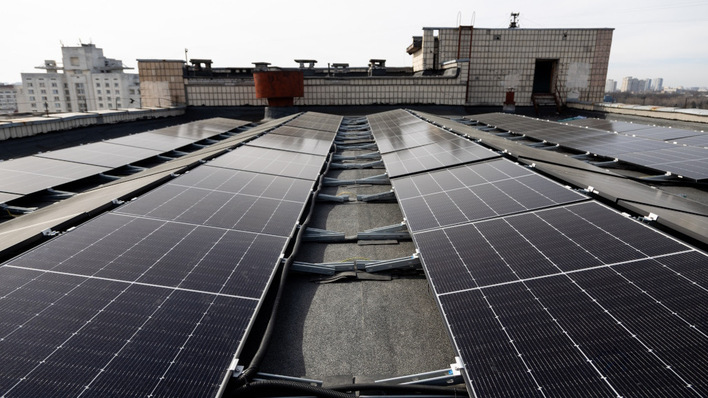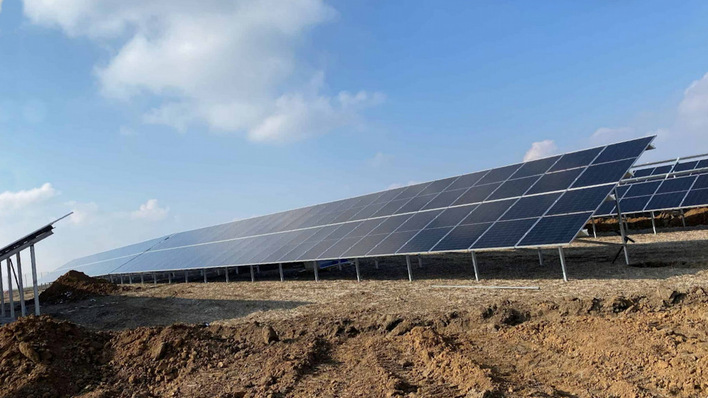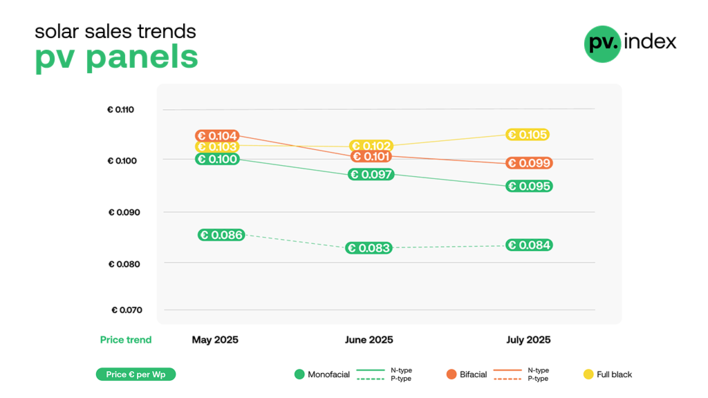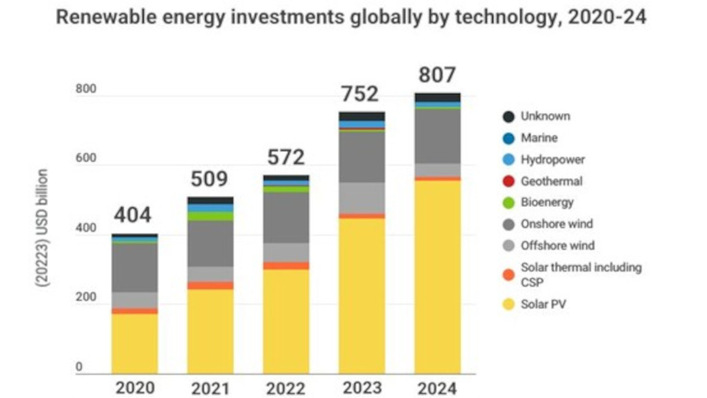Mr. Plais, how do you assess the need and potential for IT companies to reduce their emissions?
The digital sector is currently responsible for four percent of global carbon emissions. That's more than civil aviation emits worldwide. However, large companies in particular have announced to their shareholders that they will be "net zero" by 2030. And large utilities, municipalities and associations also face the challenge of positioning their organizations to be environmentally sustainable for the future. They need to find practical ways to implement this. It's not enough to balance CO2 emissions; it's about truly reducing emissions in IT. Often digital teams want to make practical progress on decarbonization but don't know how to go about it.
What options do you offer here through your platform?
Many companies and organizations today operate their own servers. However, these are often only utilized 15-40 percent of the time in order to keep server capacities ready for peaks, but most of the time they are not needed at all. This not only causes unnecessarily high emissions, but is also expensive. We provide our customers with a virtual, efficient cloud structure as a Platform as a Service, which they can use to easily develop, operate and scale their numerous websites and web applications. We cooperate here with the data centers of leading server providers. This enables us to scale our customers' applications when they really need to. This saves energy and thus emissions and costs.
To what extent can your customers save server capacity and emissions?
According to an independent external audit, platform.sh customers use up to 12 times less server capacity due to our high-density applications. They can save up to 5 tons of CO2 per month. As a multi-cloud provider, we also offer our customers the option of moving their data and services to data centers in regions that predominantly use renewable electricity, for example in Sweden or in Quebec. A dashboard also allows our customers to transparently track and manage their cloud emissions.
So what about your own company's carbon footprint?
Since our company was founded in 2015, we have focused on working largely from our home office. As a result, the per capita carbon footprint of our more than 320 employees in 37 countries worldwide is only around 300 kg per year, which is comparatively very low. We are also involved in various climate protection initiatives such as the Artic Climate Act, participate in the B Corp certification process and have our own environmental officer within the company.
Besides emissions and energy cost savings, what other benefits does using your platform offer?
We reduce the complexity for our customers in managing their web infrastructure and optimize their IT processes. They can focus more on developing applications or optimizing the user experience. We also improve the performance of applications and websites, and help to preventively identify and resolve IT security issues. Overall, using our platform enables customers to achieve cost savings of more than 65 percent in their development and operations teams, data center resources, and energy costs, according to an analysis by Forrester Research. So there is enormous potential for greater efficiency here. Companies, organizations or public-sector clients whose customer service processes are enormously important stand to benefit from this in particular.
How is demand developing?
Very dynamic, it's a good time for us. Rising energy prices and cost pressures, IT skills shortages, the growing complexity of cloud infrastructure, time pressure to bring new applications to market, and the achievement of sustainability goals are all working together here. We just closed our latest funding round with over $100 million in additional capital. Investors see enormous potential for our company.
The interview was conducted by Hans-Christoph Neidlein
Did you miss that? Data centers could enable more renewable energy


